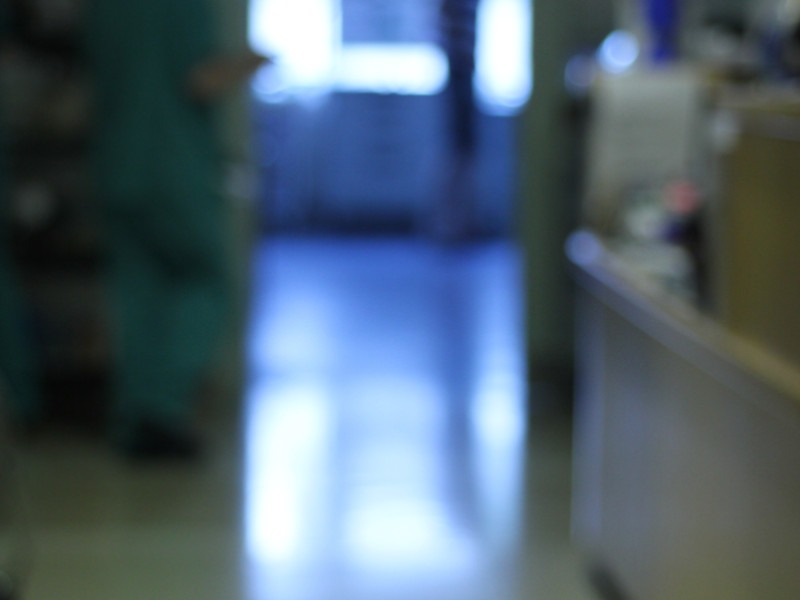from The Frontline
Cambridge, UK
Working as a dentist Post CoViD 19
The year 2020 has not been very exhilarating for us. The pandemic has affected us all, from the richest of the rich and the poorest of the poor. It is a public health emergency. As a dentist, I believe one of the most affected professions post CoViD would be dentistry. Surgeons and other health care workers are at risk undeniably, but because of settings in a dental clinic, it puts dentists as well as the patients visiting the dentists at risk. On 15th March, an article was published by the New York Times, which described that dentists are the most exposed to the risk of being infected by CoViD. Even more than nurses and GPs.
The chances of cross infection are magnified in a dental setting. We might see higher rates of nosocomial infections in a dental clinic as compared to other hospital settings. The use of dental instruments like aerotors, ultrasonic scalers and various other instruments cause the secretions and blood of the patients to dissipate in the surrounding and aerosolise the air in the clinic (Meng, Hua, & Bian, 2020). Studies indicate that saliva has a significant role in human-to-human transmission. One of the studies by Xie X, Li Y, Sun H, Liu L (2009) states that larger droplets could contribute to viral transmission to subjects nearby, and, on the other side, the long-distance transmission is possible with smaller droplets infected with air-suspended viral particles (Sabino-Silva, Jardim, & Siqueira, 2020) . With the nature of dental instruments i.e ultrasonic, high speed aerotors in a confined space, it also puts the dentist at a higher risk since it exposes them with the blood, saliva, and other secretions. Without rigorous sterilisation of the instruments, the instruments could be contaminated with the virus as well. A study indicates that the life of the virus varies with different surfaces. It explained that the virus can sustain for a longer period of time on metals and the longest on plastic. By that reasoning, handpieces would be the biggest source of infection (Spagnuolo, Vito, Rengo, & Tatullo, 2020).
Guidelines have been issued by the American Dental Association various other organisations, which must be followed to its core. Use of saliva ejectors, proper chair positions, anti-reflux devices on hand pieces to avoid contamination and following procedures thar will reduce the volume of aerosol production are some of the basic guidelines (Spagnuolo, Vito, Rengo, & Tatullo, 2020). Proper sterilisation protocol and personal protective measures by the dentist must be implemented. Thorough sterilisation of the clinic after every appointment and following strict infection control will not only reduce the risk of cross infection to the patients but will also reduce the risk to the dentists. In dental school. We would test all the patients for haemoglobin, HIV, Vitamin, Calcium etc before any surgical procedure. In a post CoViD world, I think the CoViD testing would be much cheaper and affordable by all, hence, I would recommend testing all the patients before any dental procedures.
I hope we all come out of this pandemic really soon and get used to ‘The New Normal’.
References
Meng, L., Hua, F., & Bian, Z. (2020). Coronavirus Disease 2019 (COVID-19): Emerging and Future Challenges for Dental and Oral Medicine. Journal of Dental Research.
Sabino-Silva, R., Jardim, A. C., & Siqueira, W. L. (2020). Coronavirus COVID-19 impacts to dentistry and potential. Clinical Oral Investigations.
Spagnuolo, G., Vito, D. D., Rengo, S., & Tatullo, M. (2020). COVID-19 Outbreak: An Overview on Dentistry. Int. J. Environ. Res. Public Health.

